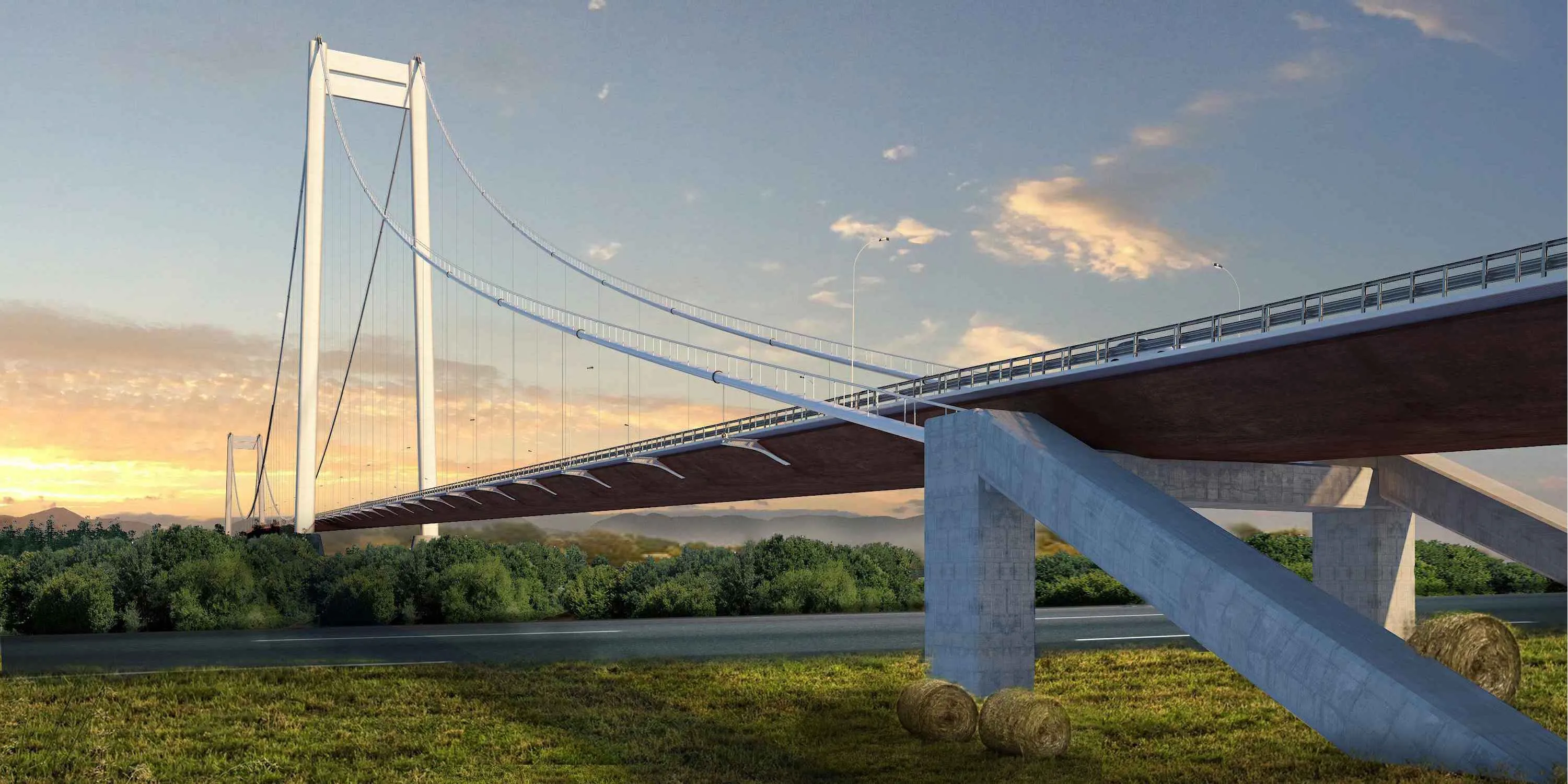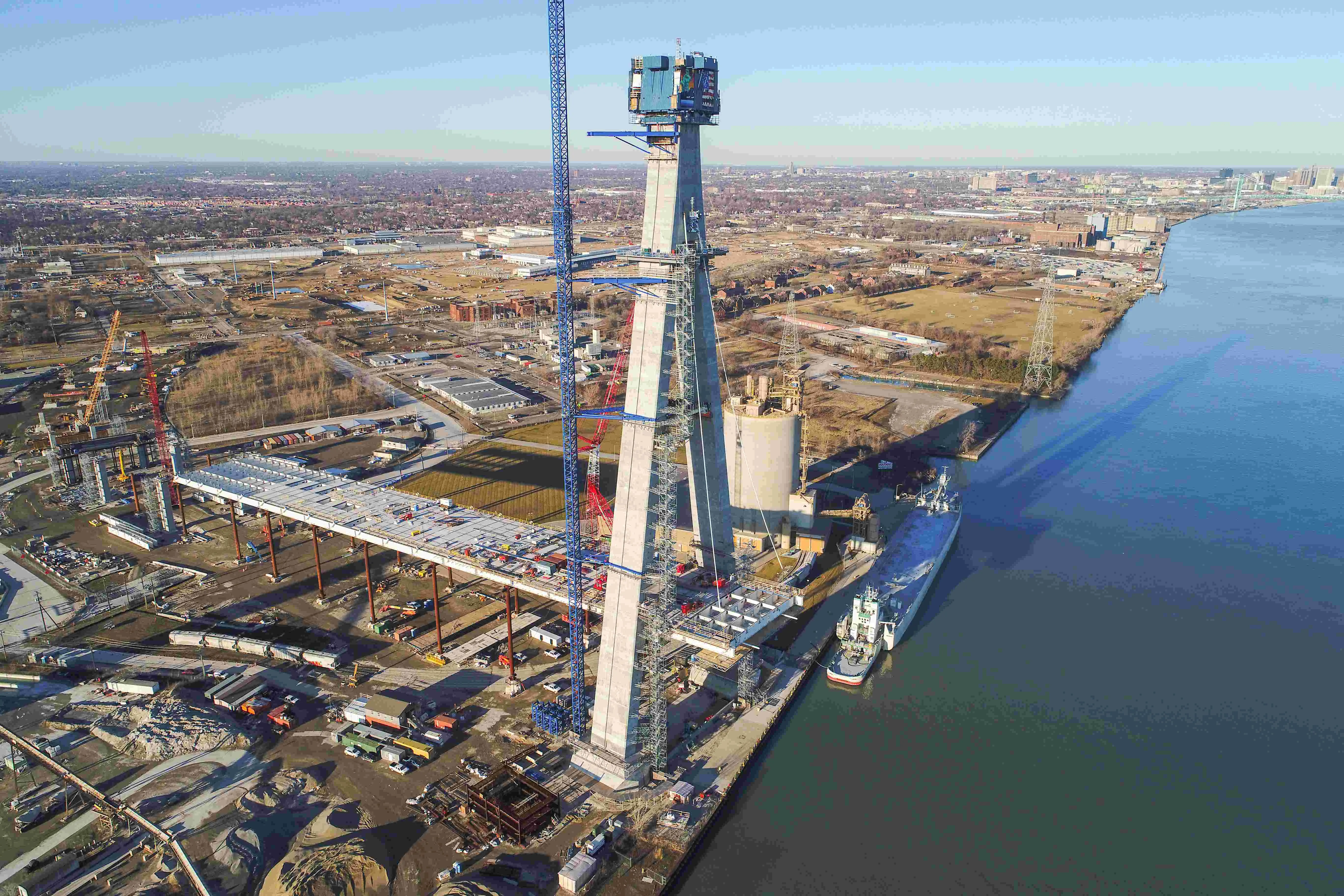Hyundai Engineering & Construction (Hyundai E&C) is to head a consortium building the lateral towers, aprons and suspension cables for the new Bosporus crossing in Turkey. Hyundai E&C will work in a consortium with its partner SK Engineering & Construction on the US$697 million project to construct the 2.16km Third Bosporus Bridge. This suspension bridge will feature eight lanes for motor vehicle traffic as well as two rail lines. With a width of 59m it will be the widest bridge in the world that carries a
July 10, 2013
Read time: 2 mins
Istanbul’s third Bosporus bridge forms part of the north Marmara highway project’s Odayeri-Paşaköy section. The tender was awarded to a consortium comprising Turkish company IC İçtaş and Italian firm Astaldi.
The new bridge will be built to the north of the two existing structures and will connect Garipçe district on the European side with Poyrazköy district on the Asian side. When the new bridge is complete it will carry all trucks and heavy-duty vehicles. The two existing bridges over the Bosporus have a combined capacity of 250,000 vehicles/day but generally carry some 600,000 vehicles/day.
Both Hyundai E&C and SK Engineering & Construction are headquartered in South Korea. Hyundai E&C has carried out a series of major transport projects around the world including the Gyeongbu Expressway, Machang Grand Bridge, the Penang Bridge Packages 3,4 and 5 and the Jamuna Multipurpose Bridge. Currently, it is in charge of many distinctive overseas projects such as Sheikh Jaber Al-Ahmad Al-Sabah Causeway Project and







